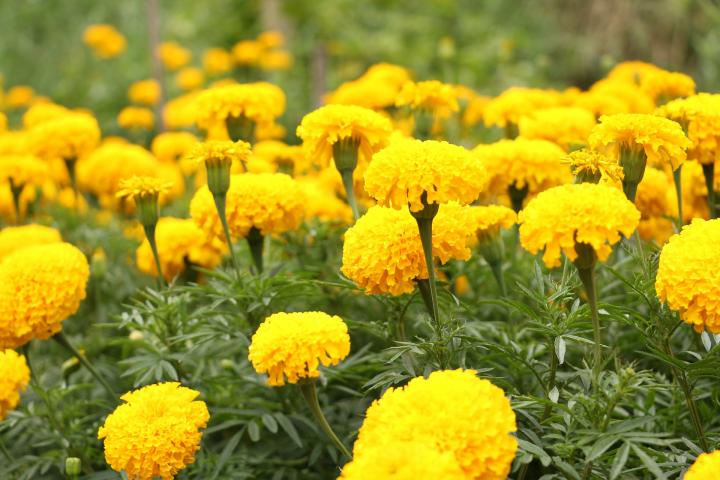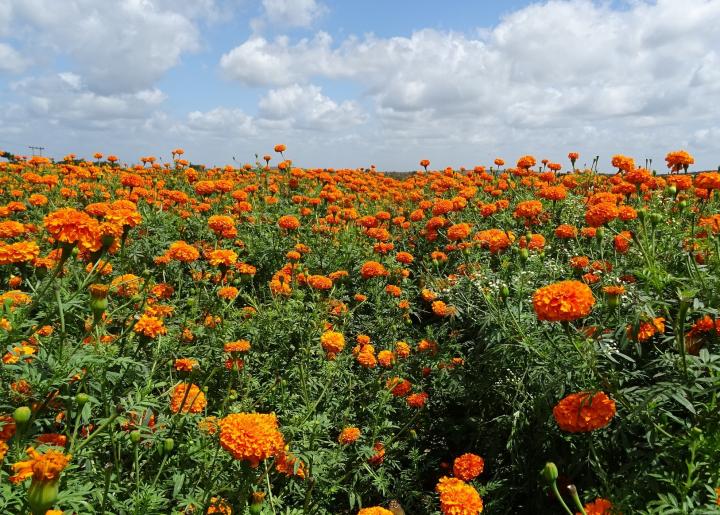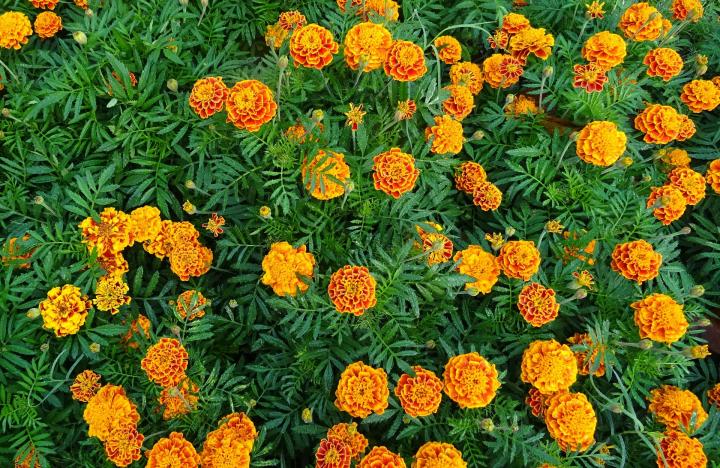
How to Plant, Grow, and Care for Marigolds
The flowers of Tagetes marigolds are not edible, but those of Calendula are. The bright petals of Calendula add color and a spicy tang to salads and other summer dishes.
- The flower petals are sometimes cooked with rice to impart the color (but, unfortunately, not the flavor) of saffron.
ADVERTISEMENT
I have some marigolds from a fried's father's funeral and all i can say is that they grow so well in all sorts of conditions and every time i go out to my front yard i am amazed by how they are flourishing!!! They look so pretty alongside all our yard plants. I love marigolds!!!
Here in New Zealand, I sow marigolds (French) in the autumn and have had no trouble with them surviving through the winter to give a great show right through the season and beyond (into winter). I took the cue by observing what happened when my marigolds were left to self seed, and noticed that the seedlings germinated naturally in the autumn. The transplanted seedlings (from in between the flagstones) have always done well over winter without any special care apart from a little liquid fertiliser when transplanted...
I have been growing these for years. They have a lot of different colors and look so pretty in the garden. Mine grow like weeds. I let them die in the fall and then harvest the seeds. I try to harvest by color. I put them on a paper plate indoors to dry completely. Before harvesting the seeds, I write the color on the plate. When dry, I put them in a ziplock bag and plant when the weather starts warming. I over seed so I have masses of flowers. The marigolds planted by seed are very hardy. I planted from a nursery once before and they were eaten so fast and died that I never did that again. I've never had problems with them around vegetables. I've planted by broccoli, kale tomatoes, etc. If some get eaten, it's not noticeable because I plant so many. I just scatter the seed on ground that I've scratched with a hand rake and just cover with a little soil and sprinkle with water. They sprout within a few weeks and grow pretty fast. I've grown in sun and part sun and both do fine. I have lots of trees so there's not really very many full sun places. They look pretty with vegetable plants. So don't give up.
I've pretty much given up on marigolds. The earwigs strip the plants so all I have left are stems. I always used to plant them with my tomatoes. I miss them.
That’s what happened to mine too. Does that mean it was earwigs? I didn’t know what had happened to them.



 French Marigolds
French Marigolds







Comments